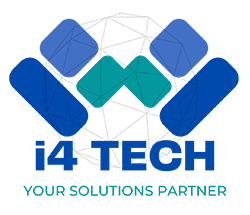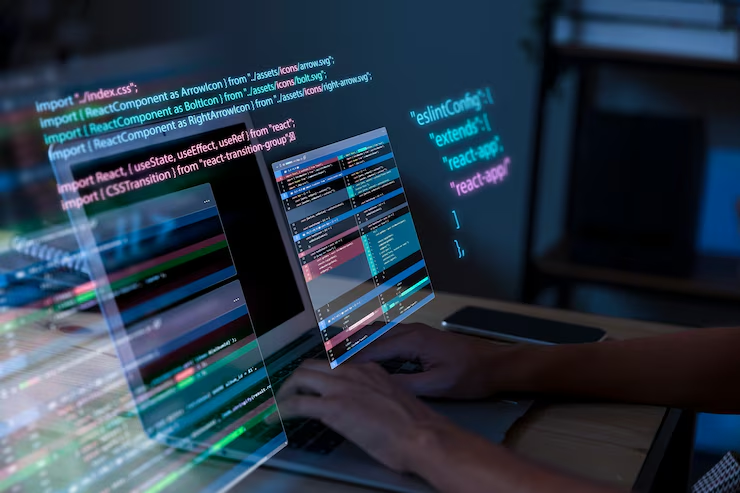From Code to Creativity: How Developers Are Embracing Generative AI Tools in 2025
From Code to Creativity: How Developers Are Embracing Generative AI Tools in 2025
In 2025, the developer’s toolbox looks radically different from just a few years ago. Generative AI has moved from novelty to necessity, fundamentally changing how code is written, reviewed, and deployed. While GitHub Copilot was the gateway for many, today’s developers are surrounded by an expanding ecosystem of intelligent tools that help shape entire applications from scratch.
These tools no longer simply autocomplete. They analyze code context, identify bugs before runtime, propose architecture changes, and even collaborate across teams. For example, GitHub Copilot Enterprise now includes domain-specific tuning, meaning AI understands your company’s unique tech stack. Amazon CodeWhisperer integrates with AWS to provide cloud-native suggestions, while tools like Cody by Sourcegraph offer contextual search powered by AI.
The creative shift
Developers are shifting roles—from pure builders to AI orchestrators. They now spend more time reviewing suggestions, tweaking algorithms, and testing than they do writing every line. This creates space for more creative thinking: designing better UX flows, choosing more efficient algorithms, and solving higher-level product problems.
Risks and realities
Yet, there’s nuance. Over-reliance on AI may reduce foundational understanding for junior developers. There’s also the challenge of maintaining quality and security when the code you didn’t write yourself makes it into production.
The future
Still, the net outcome is powerful. With the right balance of oversight and collaboration, generative AI is shaping a more creative, efficient, and scalable software development future.


